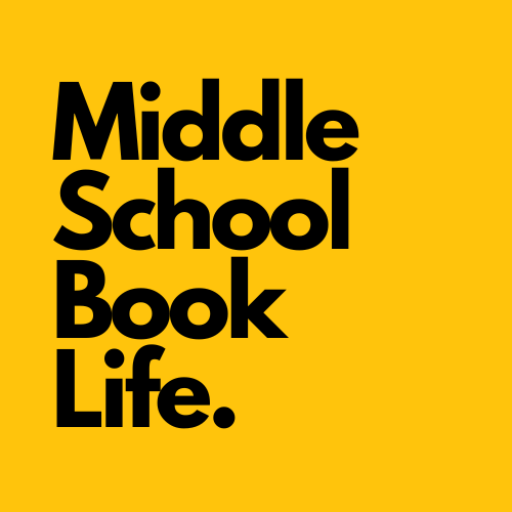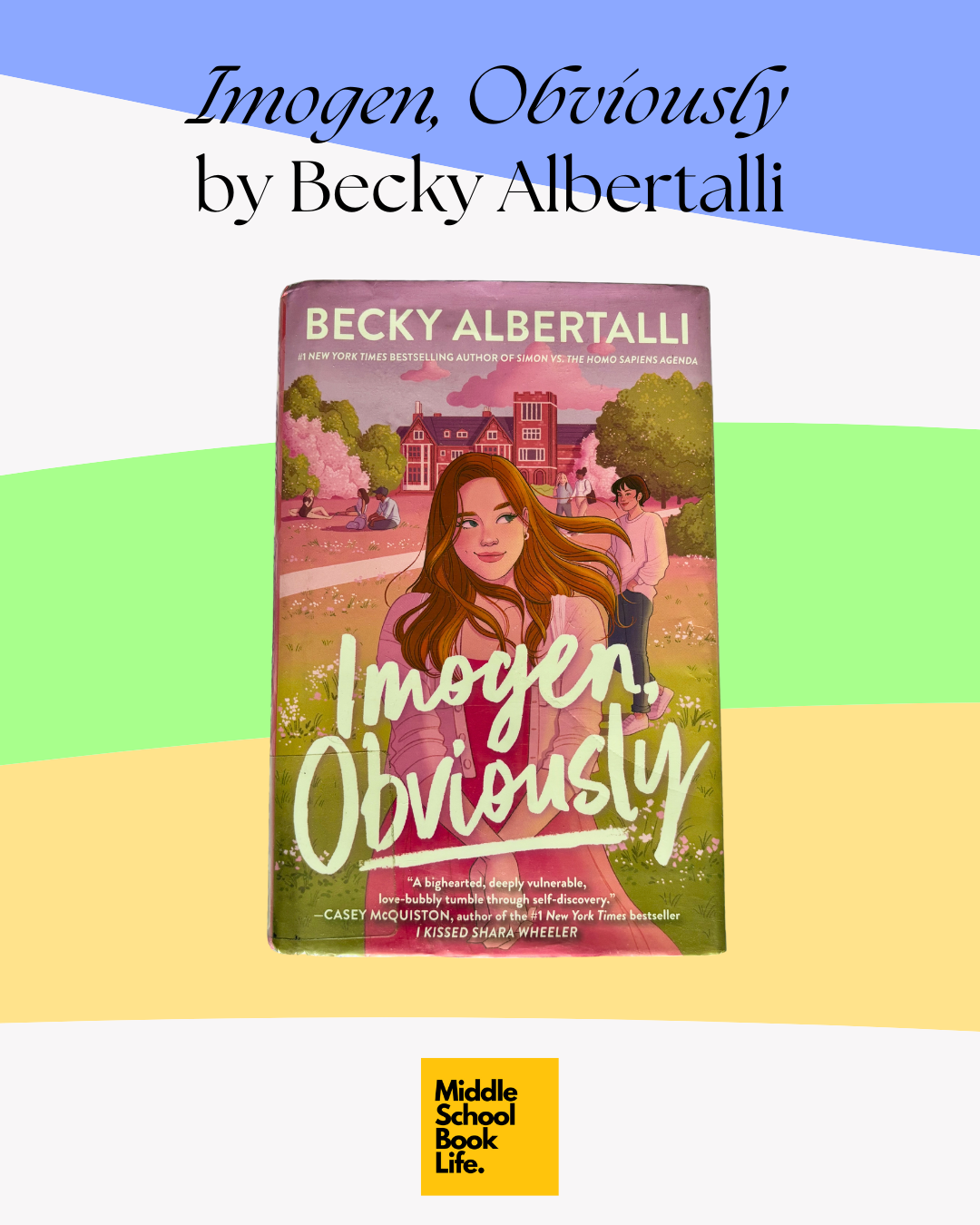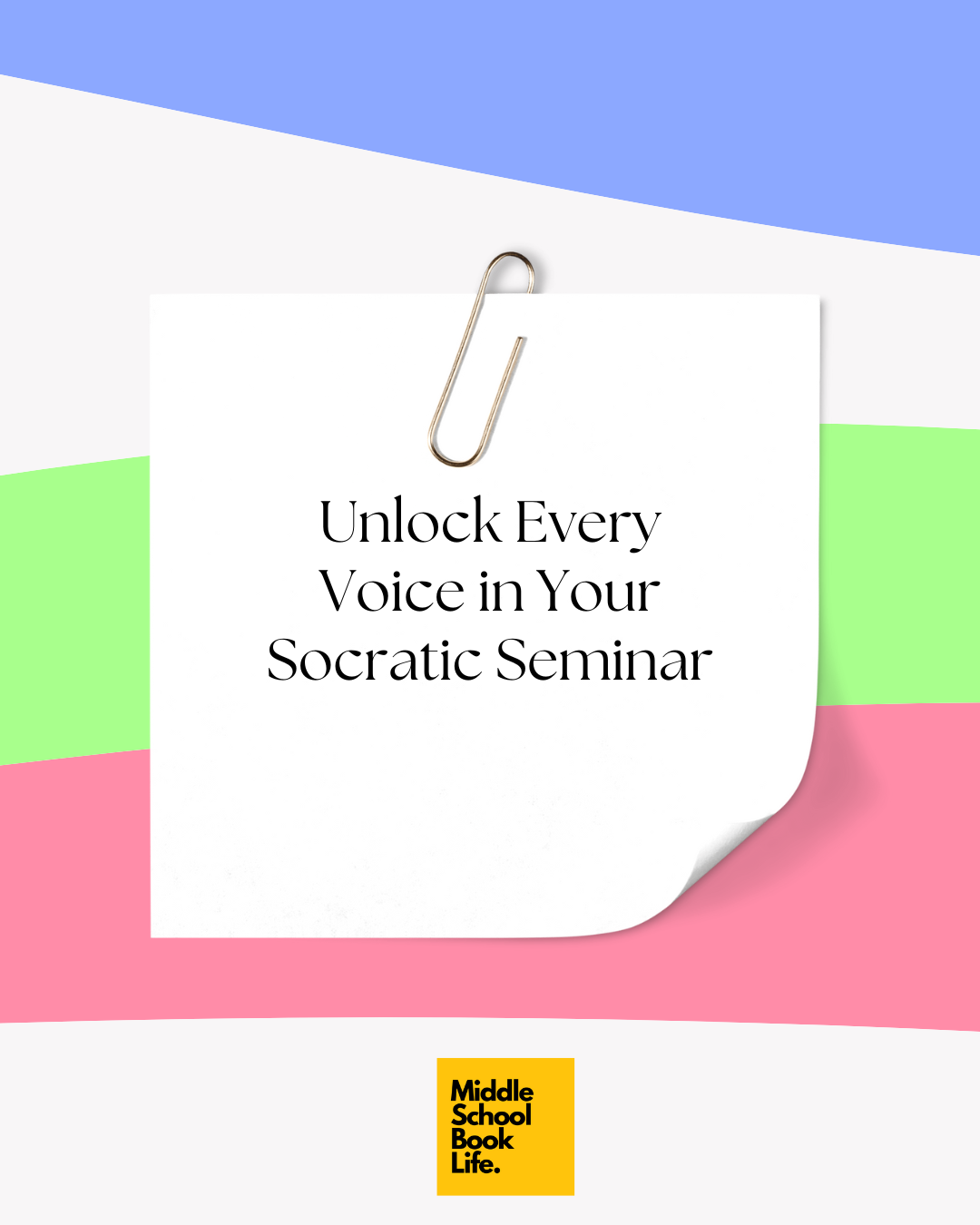Hands by Torrey Maldonado is a fast-paced, thoughtful, and relevant title that was written by a public school teacher who grew up in the Red Hook housing projects in Brooklyn. Read on for the impact this book will have on your students, including a summary, author interview, and ideas for a novel study.

Title: Hands
Author: Torrey Maldonado
Genre: Realistic fiction
Age range: 10+
Summary: Trevor’s step-dad is about to return home after two years in prison for hitting Trevor’s mom. Trevor knows he won’t let it happen again. What he doesn’t know is why all his Uncles won’t teach him to fight: to use his hands to protect his mom and sisters. Trevor starts to understand the consequences of cyclical violence—and must decide if he’ll use his hands to punch or to pursue his artistic talent.
Hands is similar to:
- Hands is a gentler version of Long Way Down. Both take a stark look at cyclical violence and both have young, Black, male protagonists who receive advice from older Black males—and have to decide how to proceed.
- If a student loved Jason Reynolds’ Ghost track series (who doesn’t?), they’ll probably also like the characters and conflicts in Hands.
- Tristan Strong Punches a Hole in the Sky by Kwame Mbalia is another story of a young, Black, male protagonist figuring out how to deal with the punches life throws at him.
How I’d teach it:
I see Hands as a must-have for 6th-9th grade classrooms for two reasons. First, it joins the Amulet graphic novel series and Touching Spirit Bear at the top of my “books for kids who hate reading” list. Clocking in at just 136 pages with short 2-3 page chapters, Hands has the potential to coax readers out of the “I hate reading” camp and into the “reading is OK” mindset.
Second, it’s a vivid, compassionate, and relatable 1st person perspective on how to deal with cyclical violence. I often heard my 8th grade boys tout the heartbreaking attitude of “if they mess with me and mine, I’m fighting back.” Trevor’s story is a powerful (but not preachy) counter-narrative.
Depending on your students, consider adding it to your curriculum in one of these ways:
- Whole class novel (5th-7th grades): 5th and 6th graders will benefit from lots of teacher support in processing the tough themes of domestic abuse and cyclical violence. Use it in 7th grade if your students collectively don’t see themselves as readers because they’re not used to having books that matter to them. (If you teach Long Way Down in 8th or 9th grade, read Hands, too, and invite students to compare and contrast Will, Trevor, and their communities.)
- Book clubs (7th-8th grades): If you do a thematic book club on community support or cyclical violence, then this is a great option for a group of reluctant readers.
- Buddy reads: Keep 2 copies on your bookshelf and during independent reading, invite a pair of friends to read it together. Let them know they can talk about it (maybe even let them sit in the hall to read) and use each other to make sense of the story. Show them that reading doesn’t have to be a solitary event—social reading is huge for engagement and enjoyment.
If you’d like more help on how to teach with Hands, please reach out!
Learn more:
You absolutely have to spend four minutes watching this video of Maldonado reflecting on the impact of representation in books for our students. My favorite line: “A large part of their disconnection with books is books’ disconnection with them.”
If you do First Chapter Fridays, use this video of Maldonado reading aloud the first chapter of Hands.
Perhaps the best part of reading Hands is discovering that Maldonado has written 3 other books—and each is “thin but thick with complexity.”
Final Two Cents: Your students deserve to have Trevor’s story at their fingertips. Add it to your classroom library today.
This post includes affiliate links. Any purchases made through them come at no extra cost to you but they do help keep this newsletter free and accessible.


